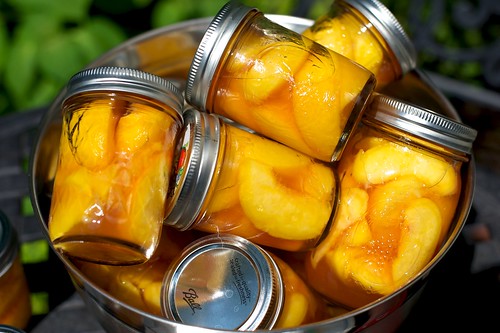Many of us have spent hours in the kitchen pickling, canning and making jams to preserve the bounty either from our own gardens or from our local farmers’ market when the prices are low and the produce is fresh. The problem with canning is that so many of those recipes go something like “make a simple syrup with a pound of sugar…” or have ingredients that include multiple cups of salt. The good news is that you don’t need them to preserve the food, and even better for those of us who dread the hours of hot, sweaty working necessary to prepping safe canned food, there are alternatives.

Put Your Freezer to Work
As long as you have freezer space and reliable electricity, freezing fruit and vegetables is one of the easiest ways to preserve them. Chop, blanch, drain and freeze your veggies in a single layer before transferring them to air-tight containers for a deep freeze. Exposure to air can set your flavors off, so if you regularly use freezing as a method of preservation, it might be worth investing in a vacuum sealer.
Dry ‘Em Out
Moisture and air are team super-villain when it comes to food preservation, and taking moisture out of the equation goes a long way towards improving a food’s shelf-life. Dehydration also concentrates the natural sugars in food to give you a sweeter treat. If you don’t have a dehydrator, use your oven on its lowest setting. Store dried fruits in air-tight containers in cool, dark places.
Roots Will Be Roots
The best way to preserve root veggies is to trick them into thinking they’re still in the earth around harvest time. Keep them out of the light, cool, and just barely moist. Cardboard boxes combined with a filler material like sand or peat moss work well to keep the veggies happy. This method of preservation does trick them into thinking they’re still alive, so keep an eye on them so you can adjust conditions if they start to grow too enthusiastically.
You Can Can
Canning is not evil. Grandma’s best pickles and jams are wonderful traditions, as long as we treat them as “sometimes foods” rather than the main produce staples in our diet. If canning your food is still the best option for you, you can do it without sugar and salt. Salt is used only for flavor. Sugar does have the added benefit of preserving the shape and color of fruit, but your properly canned fruit will still be safe to eat without it. Just be sure to follow proper heating and sealing measures to prevent spoiled food.